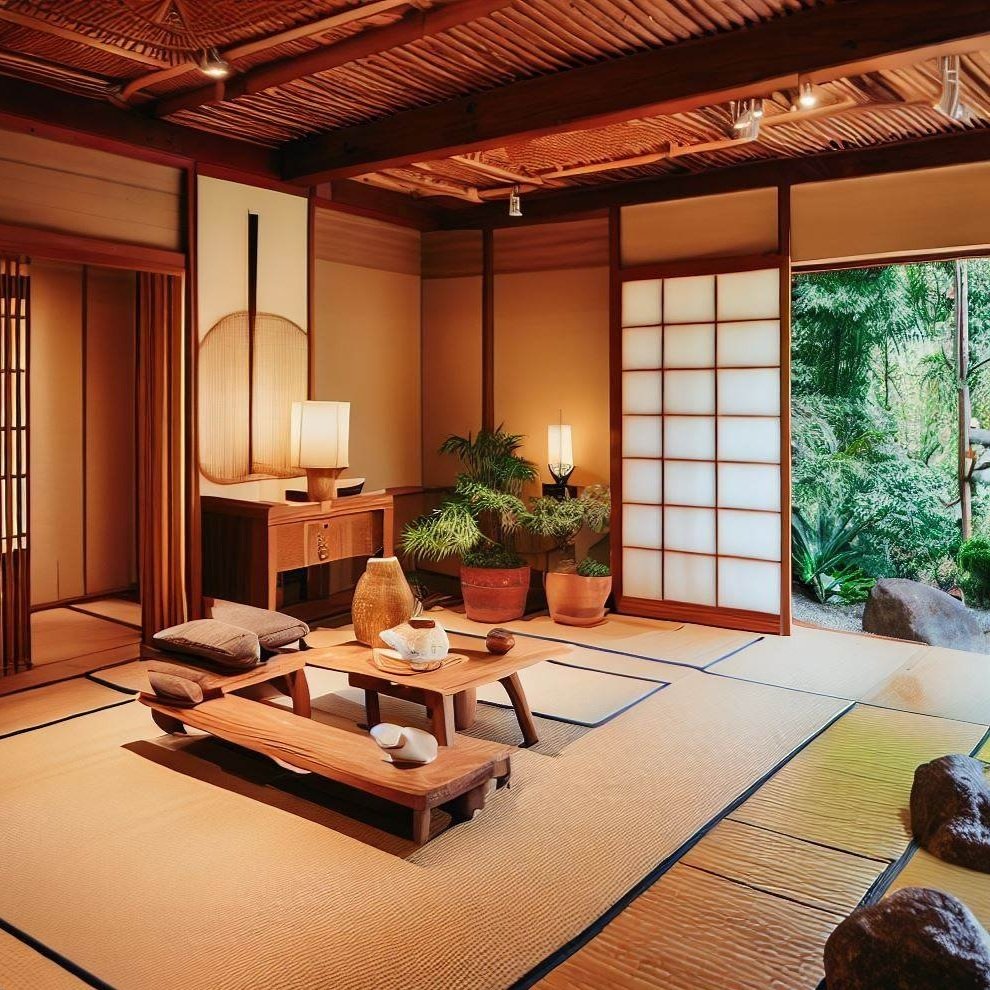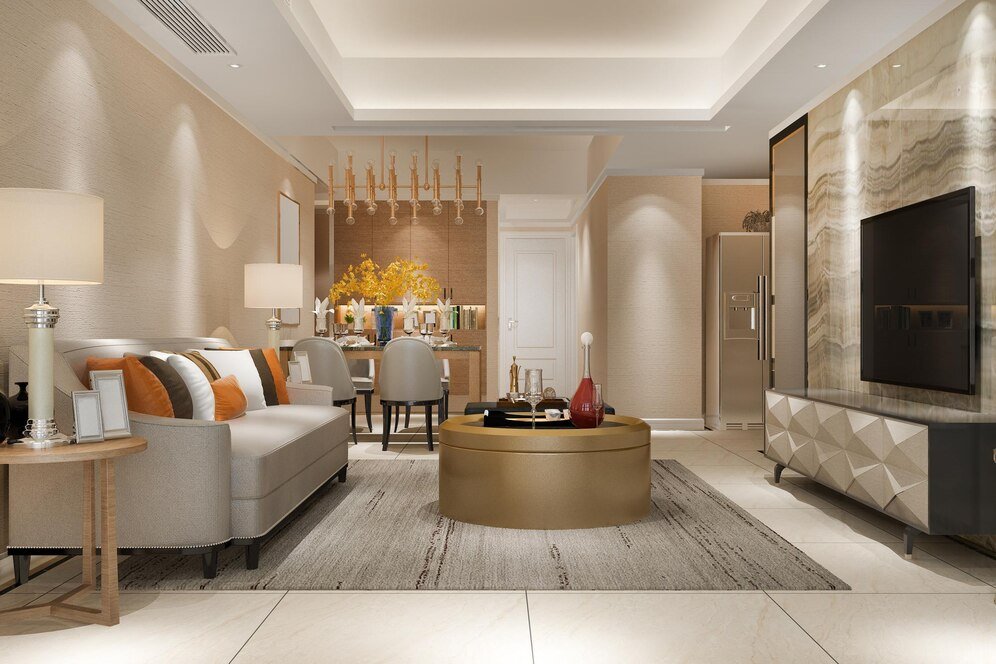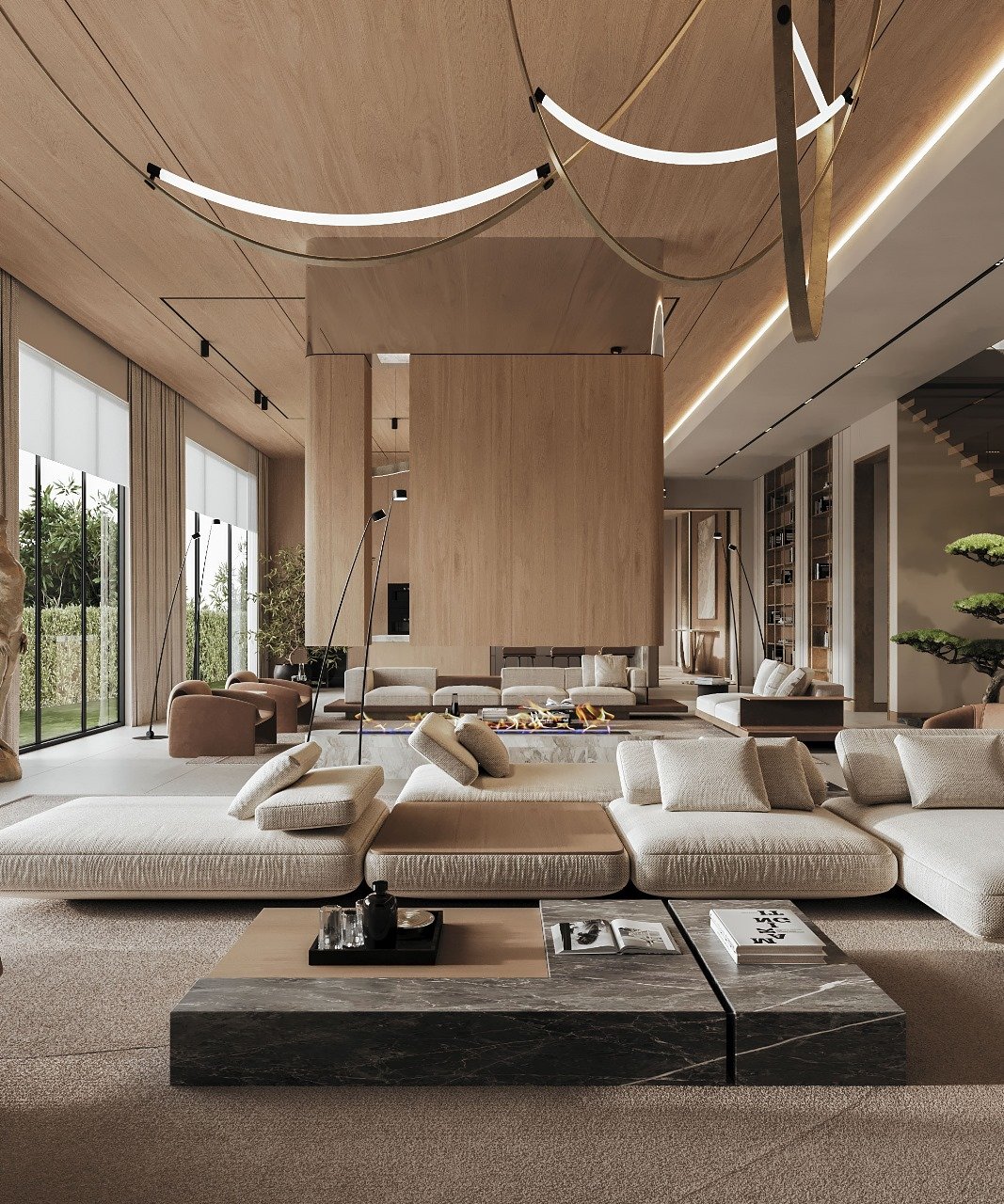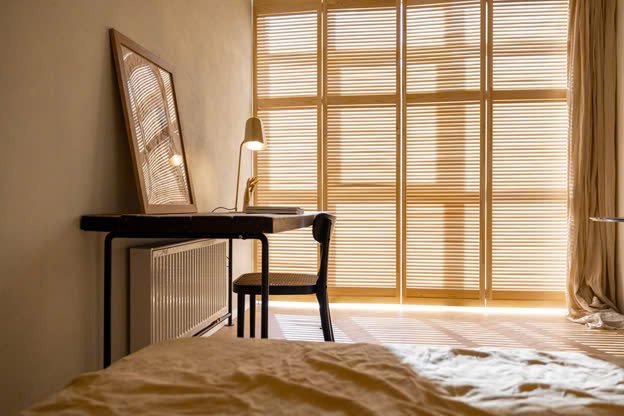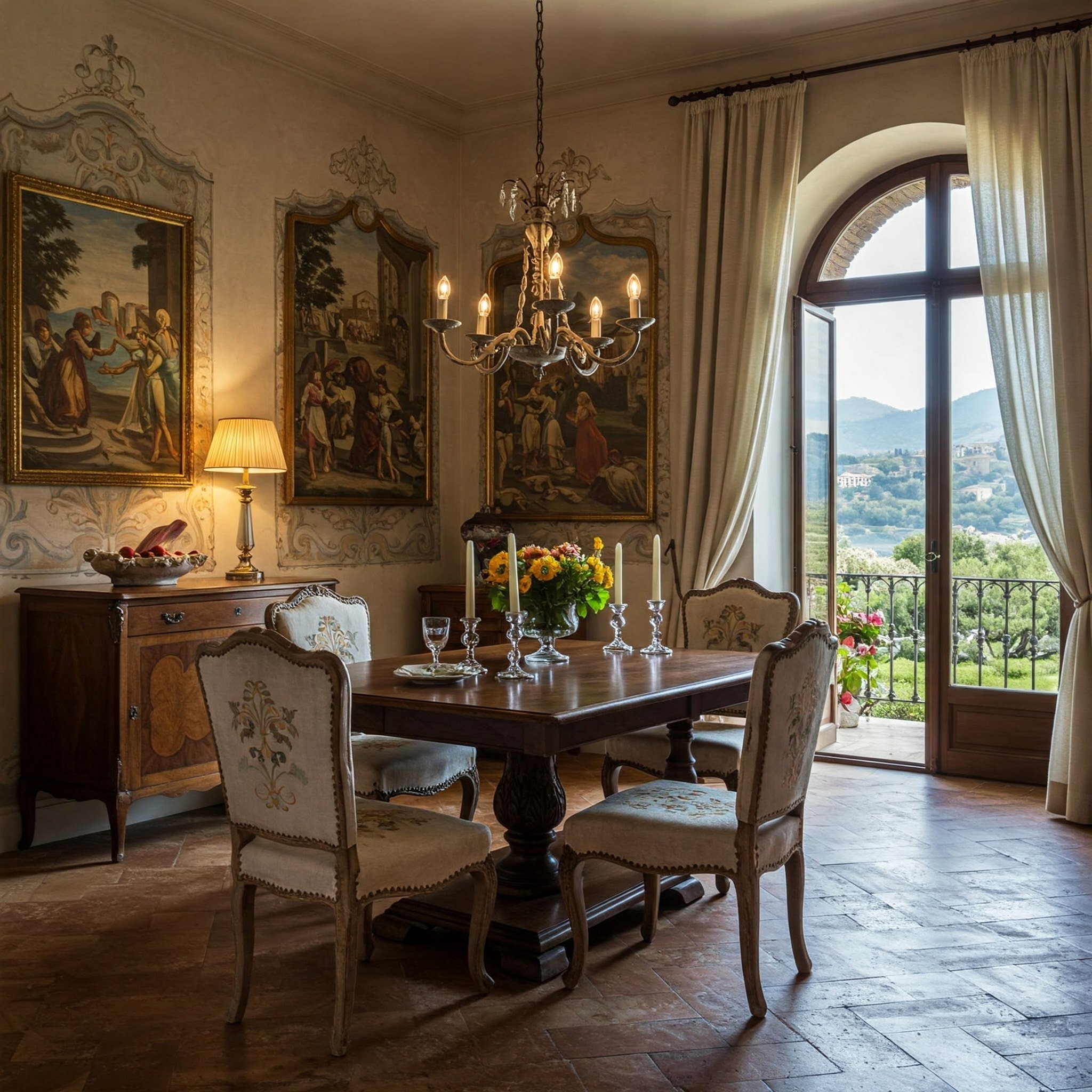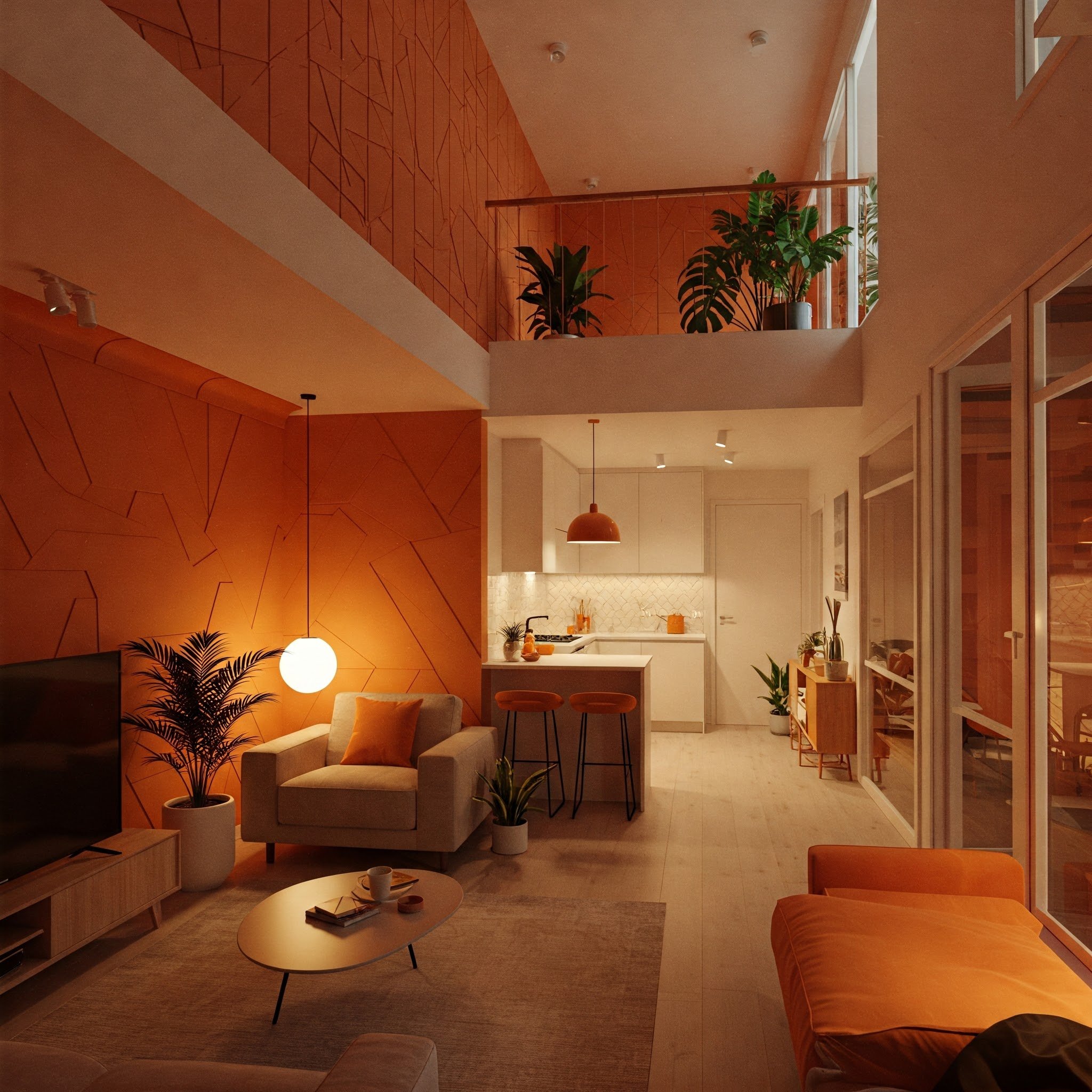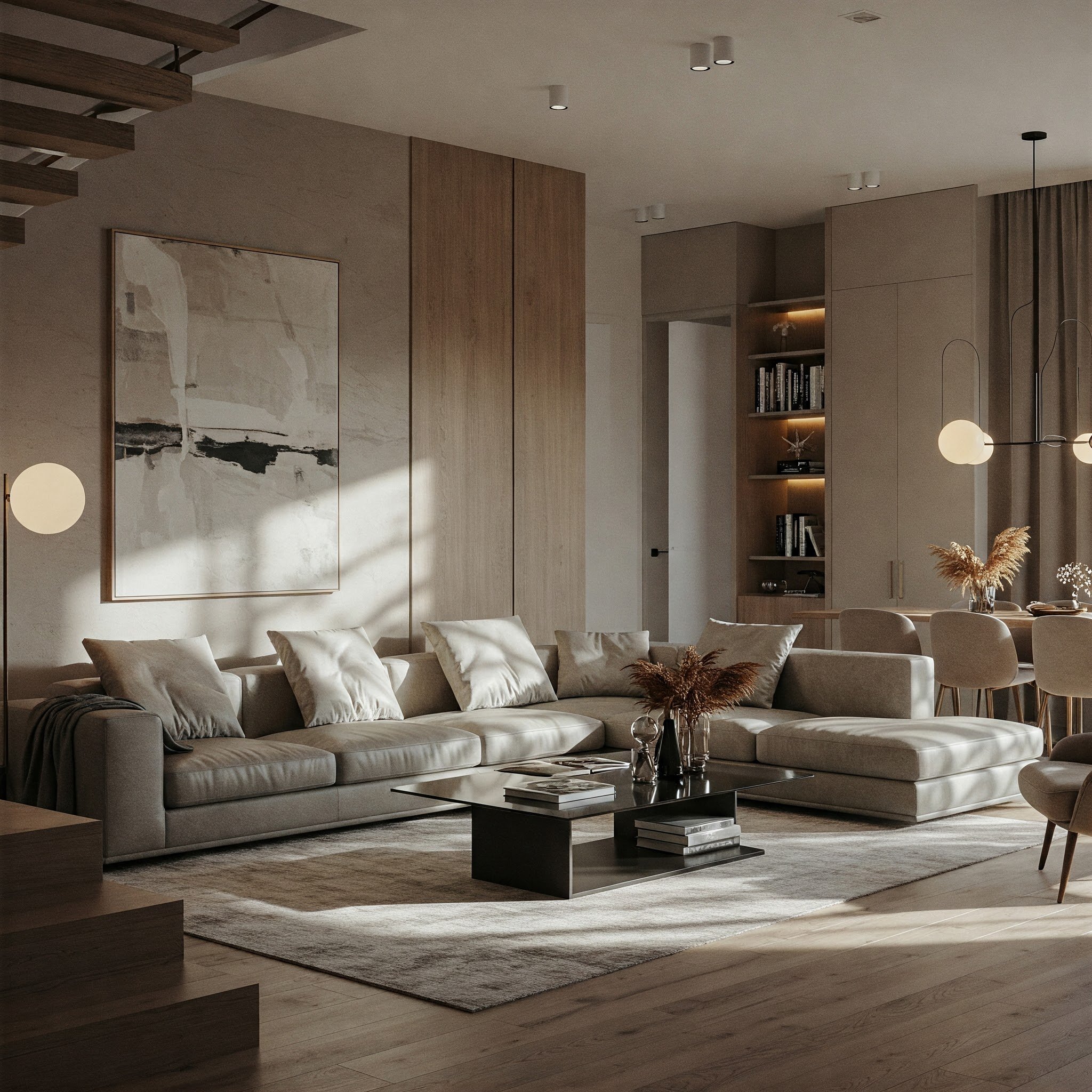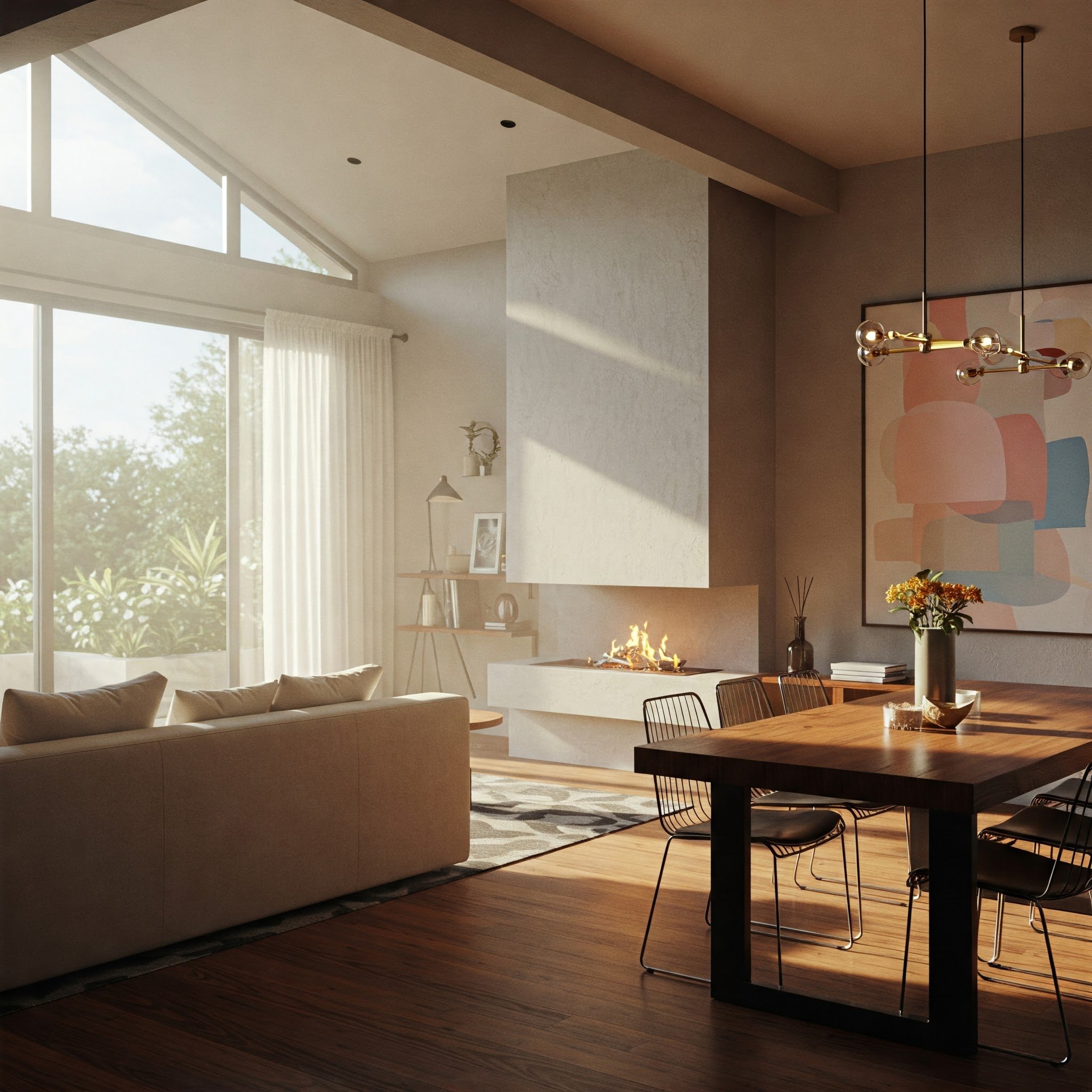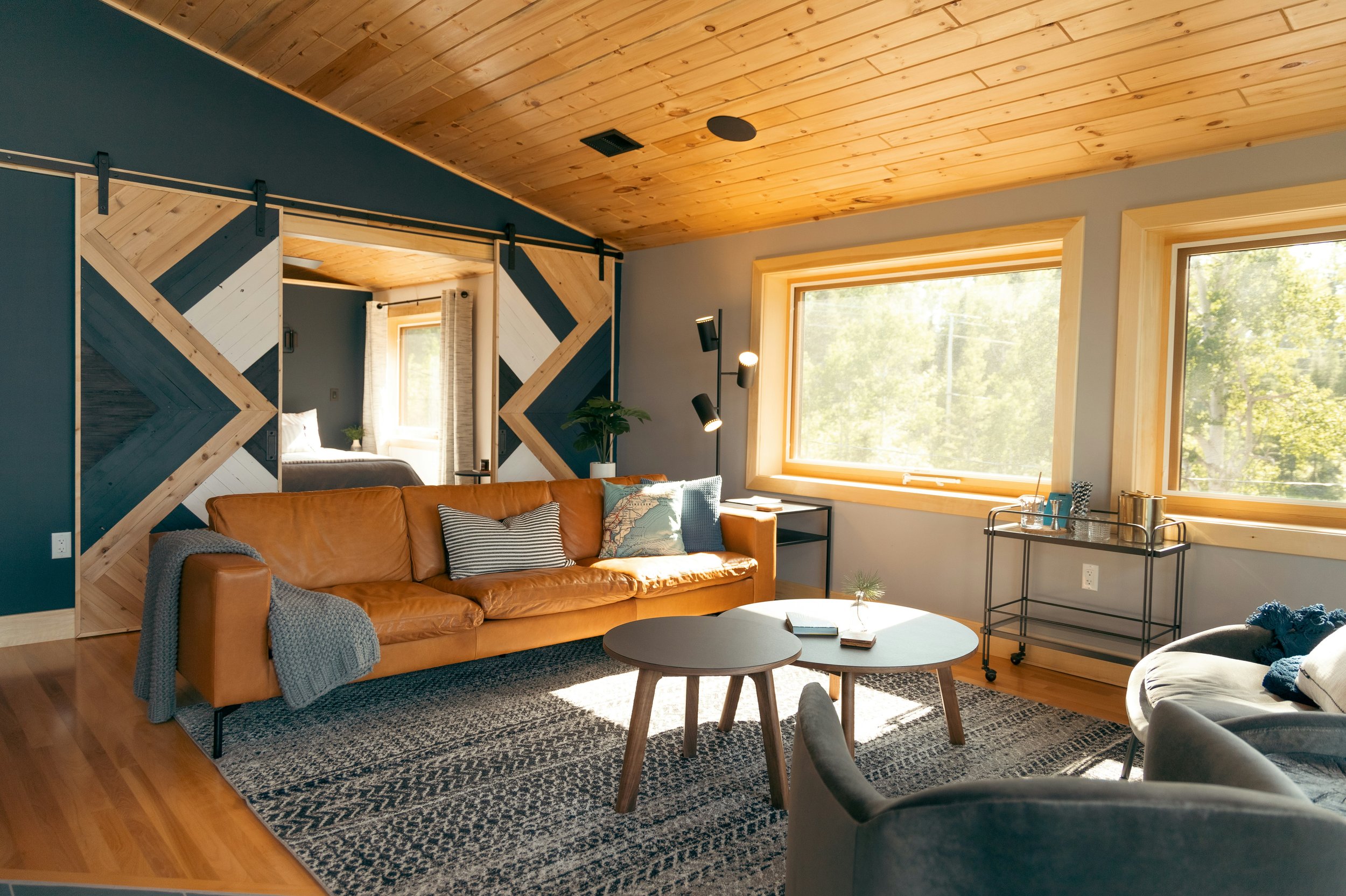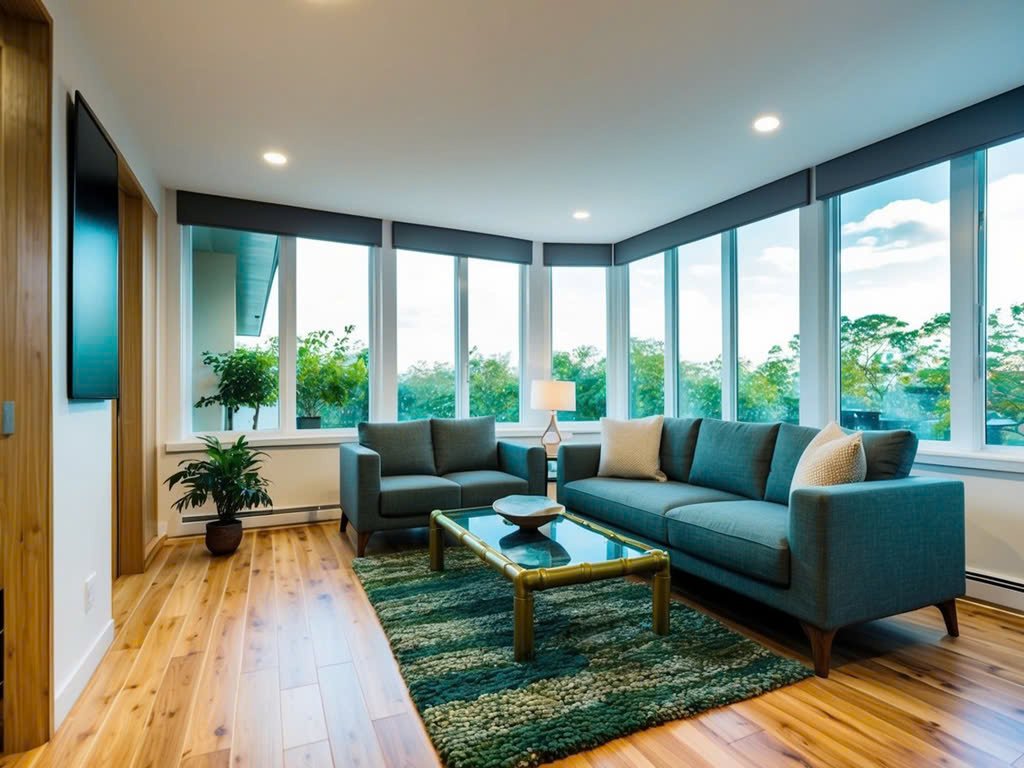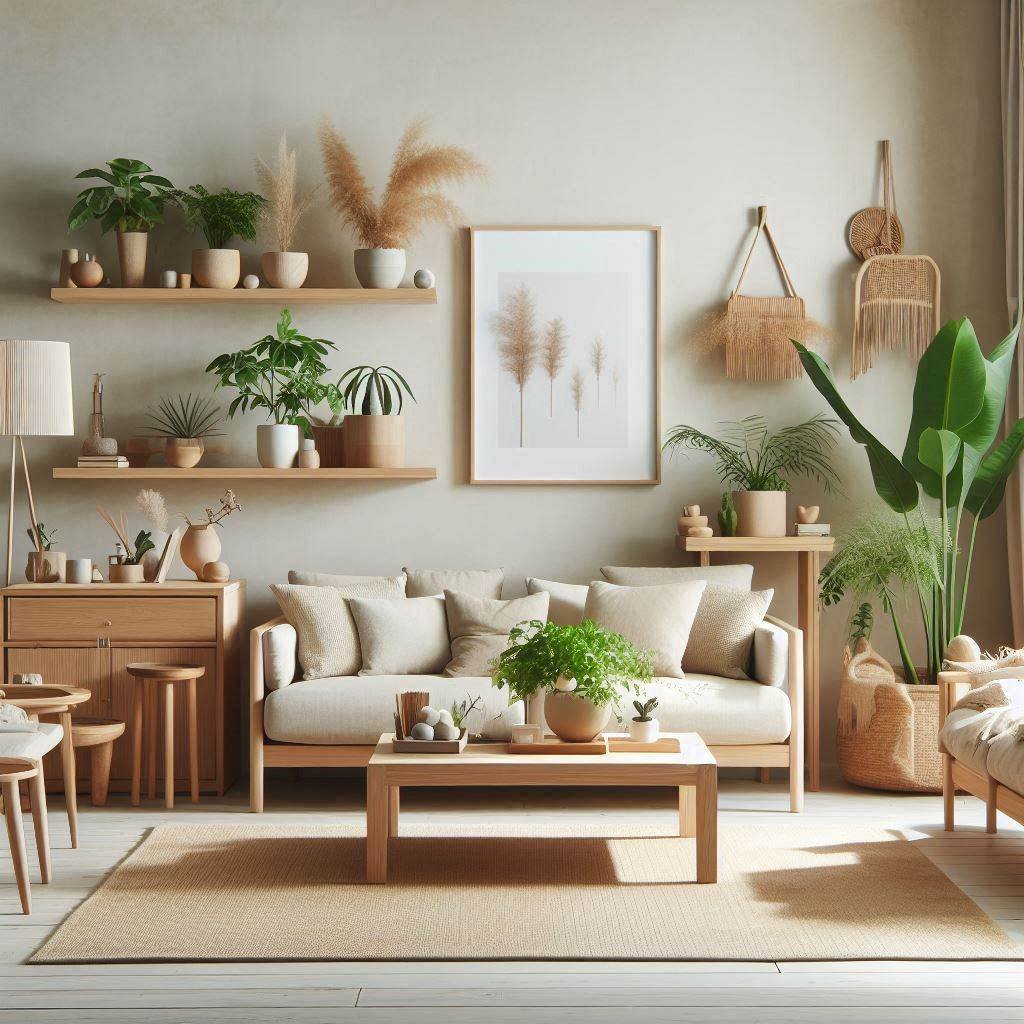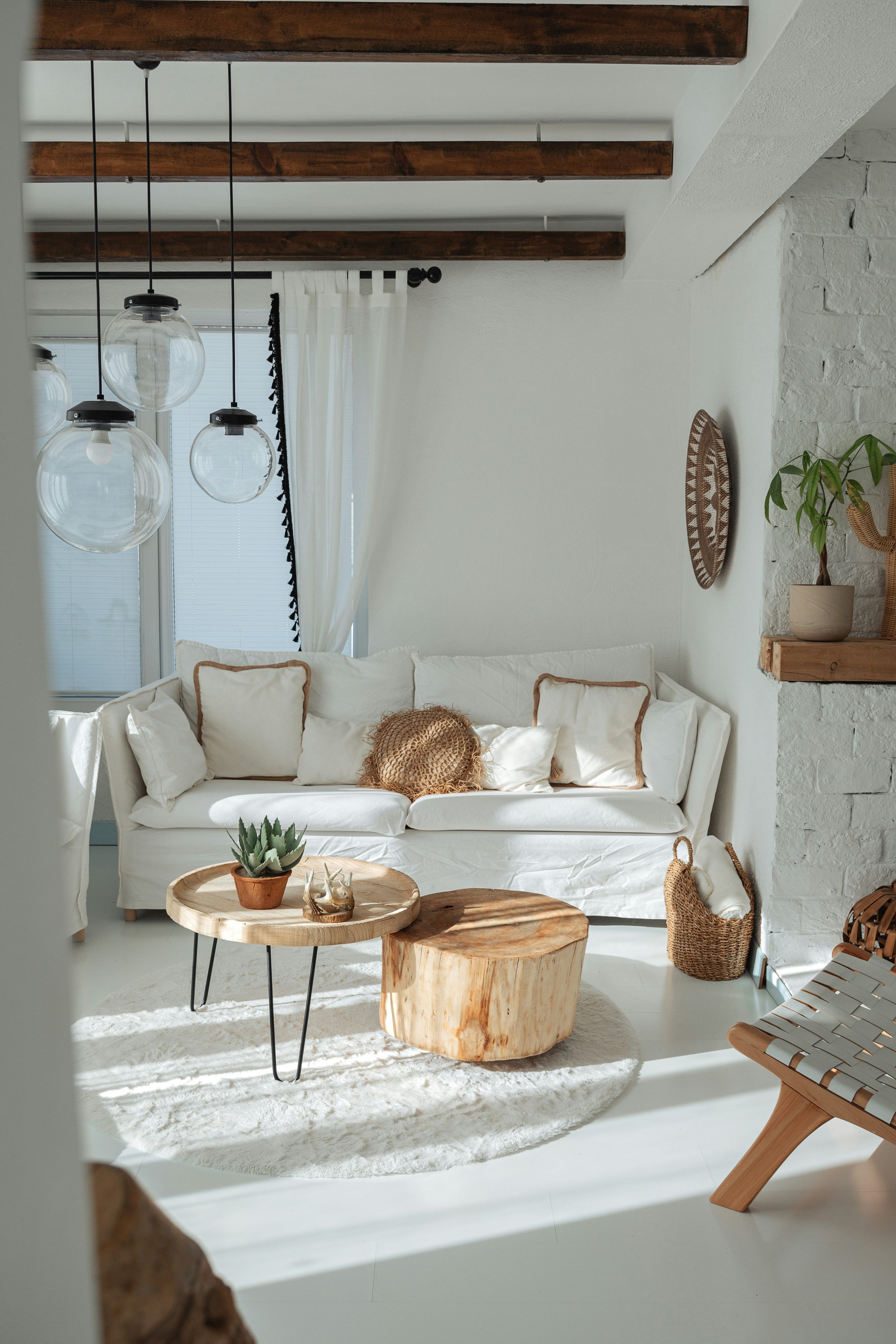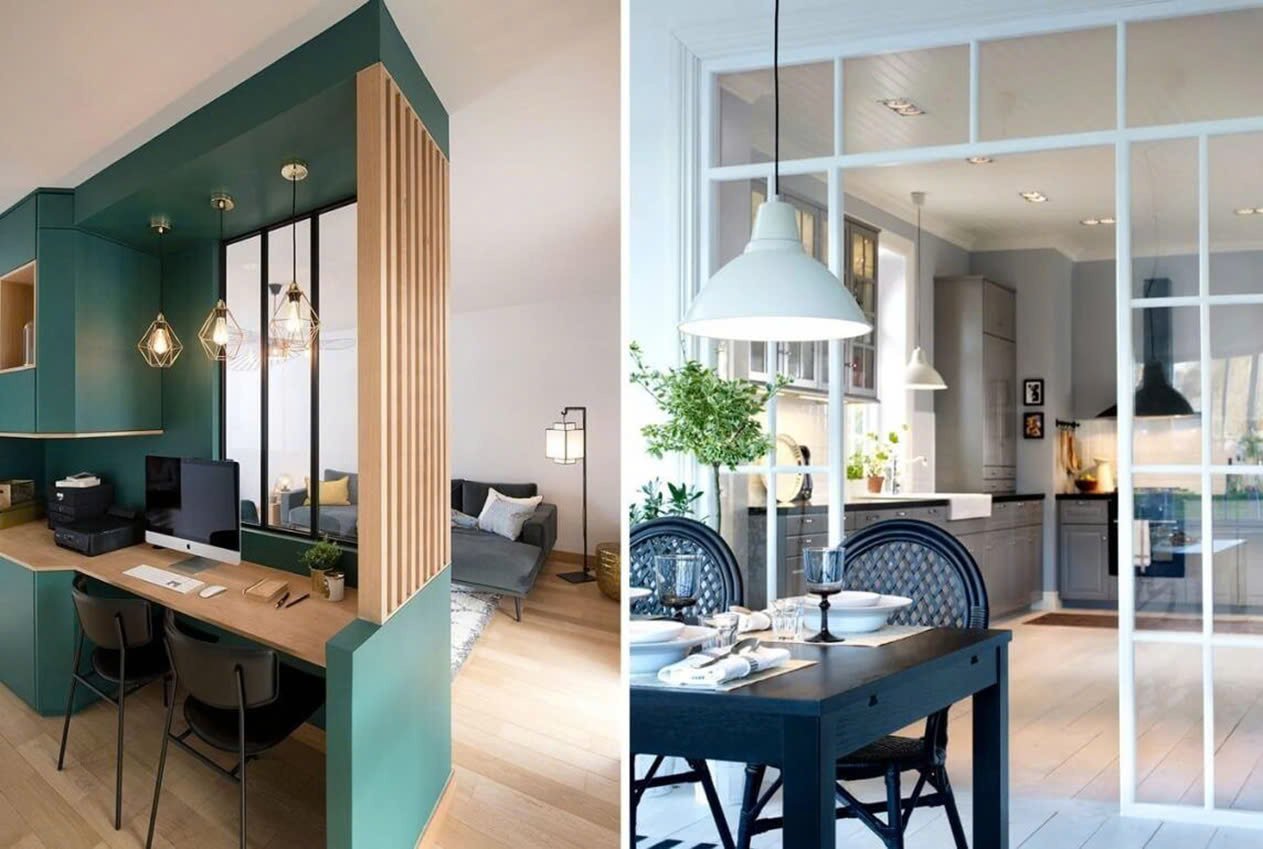10 Japanese Interior Design Ideas for a Serene and Minimalist Home
Discover 10 serene and minimalist Japanese interior design ideas to transform your home into a tranquil sanctuary. Explore elegant concepts inspired by Japanese aesthetics for a harmonious and peaceful living space.
Japanese interior design is renowned for its emphasis on simplicity, functionality, and the use of natural materials. By embracing the principles of this style, you can create a serene and minimalist home that becomes a haven for relaxation and rejuvenation. Let's explore 10 enchanting Japanese interior design ideas that will transform your living space into a tranquil retreat.
1. Embrace the Beauty of Natural Materials:
In Japanese design, nature takes center stage, revered for its innate beauty and tranquility. Embracing this ethos means incorporating natural materials like wood, bamboo, and stone into your home decor. From the earthy warmth of hardwood floors to the organic elegance of exposed wooden beams, these elements not only infuse your space with authenticity but also foster a profound connection to the outdoors. They evoke a sense of harmony, echoing the serene landscapes of Japan and inviting a feeling of calm and balance into your living environment. It's a celebration of nature's timeless allure, blending seamlessly with modern aesthetics.
2. Embrace the Essence of Minimalism:
At the heart of Japanese interior design lies minimalism, a philosophy that champions simplicity and decluttering. Embrace this ethos by paring down your belongings and keeping only the essentials in each room. Opt for furniture and accessories characterized by clean lines and a focus on functionality rather than ornate embellishments. By eliminating excess and minimizing distractions, you cultivate a serene and uncluttered atmosphere that promotes a sense of calm and mindfulness. Every item serves a purpose, contributing to the overall harmony and balance of your space, reflecting the timeless elegance of Japanese design principles.
3. Use Light and Neutral Colors:
Japanese interior design is characterized by its use of light and neutral colors, which imbue spaces with a sense of spaciousness and tranquility. Whites, beiges, and light grays are often favored to create a serene backdrop that promotes relaxation and mindfulness. Consider painting your walls in these soothing shades or incorporating them through furniture, textiles, and decorative elements throughout your home. By embracing these light and neutral hues, you can evoke the timeless elegance of Japanese design while fostering a serene atmosphere that invites a sense of calm and harmony into your living space.
4. Embrace Nature-Inspired Decor:
In a Japanese-inspired space, integrating elements of nature can elevate the serene ambiance to new heights. Introduce the tranquility of the outdoors by incorporating indoor plants, bonsai trees, or floral arrangements throughout your home. These living elements not only add freshness and vitality but also evoke a deep sense of connection to nature. Additionally, consider utilizing natural materials such as bamboo blinds, rice paper screens, and woven grass mats to bring the essence of the outdoors inside. By blending these organic elements seamlessly into your interior design, you can create a harmonious and rejuvenating environment that embodies the timeless beauty of Japanese aesthetics.
5. Utilize Shoji Screens:
Shoji screens stand as quintessential elements of Japanese interior design, embodying both functionality and aesthetic elegance. Crafted from delicate rice paper and sturdy wooden frames, these sliding panels offer versatile room divisions while casting a soft, diffused light that evokes a sense of tranquility. Whether utilized to create privacy in intimate spaces, partition larger areas, or simply to add an understated elegance to your home, shoji screens seamlessly blend practicality with timeless beauty. Their ability to harmonize with various design styles makes them a versatile choice for those seeking to infuse their living spaces with the serenity and sophistication of Japanese-inspired decor.
6. Discover the Comfort of Tatami Mats:
Tatami mats, crafted from woven straw, provide a comfortable and deeply traditional flooring option that epitomizes Japanese interior design. Their gentle texture and earthy scent infuse spaces with a sense of warmth, authenticity, and connection to nature. Whether employed in living areas, bedrooms, or meditation spaces, tatami mats contribute to an atmosphere of serene tranquility. Beyond their practicality, these mats serve as symbolic elements, reflecting Japanese cultural values of simplicity, harmony, and respect for the natural world. Incorporating tatami mats into your home not only enhances its aesthetic appeal but also fosters a deeper appreciation for the timeless elegance of Japanese design.
7. Embrace the Essence of Wabi-Sabi:
Wabi-sabi stands as a foundational aesthetic principle in Japanese design, honoring imperfection, simplicity, and the inherent beauty found within the transient essence of existence. Embracing wabi-sabi entails incorporating elements such as weathered wood, handcrafted pottery, or organic textures into your living environment. By doing so, you infuse your space with character and an unmistakable sense of authenticity. Rather than seeking flawlessness or uniformity, wabi-sabi encourages an appreciation for the unique qualities and natural evolution of objects over time. This approach fosters a deeper connection to the essence of life and the profound beauty found in its imperfections.
8. Create a Focal Point:
In every room, establishing a focal point is paramount to cultivating visual interest and harmony. Whether it's a traditional Japanese artwork adorning the wall, a thoughtfully arranged display of ceramics on a shelf, or a serene view of a contemplative Zen garden through a window, having a central focus draws the eye and grounds the space. By strategically placing a focal point, you create a sense of balance and cohesion within the room's design, inviting inhabitants and visitors alike to pause and appreciate the beauty and significance it adds to the overall ambiance.
9. Pay Attention to Details:
Embarking on a Japanese-inspired home transformation need not strain your finances. Keep a watchful eye on your budget by seeking out cost-effective alternatives and prioritizing simplicity in your design choices. Often, it's the thoughtful selection and strategic placement of modest yet meaningful elements that truly capture the essence of authenticity and tranquility in Japanese aesthetics. By embracing simplicity and resourcefulness, you can craft a space that radiates harmony and elegance without breaking the bank, allowing you to fully immerse yourself in the serene ambiance of Japanese-inspired living without financial worry.
10. Mindful Budgeting:
Embarking on a Japanese-inspired home transformation doesn't necessitate a hefty investment. Keep a keen eye on your budget by seeking out cost-effective alternatives and prioritizing simplicity in your design decisions. It's frequently the blend of carefully selected components and intentional design that cultivates an atmosphere of authenticity and tranquility. By embracing simplicity and resourcefulness, you can craft a space that exudes harmony and elegance without straining your finances. This approach allows you to fully immerse yourself in the serene ambiance of Japanese-inspired living, fostering a sense of calm and balance within your home while staying within your budget constraints.
By incorporating these Japanese interior design ideas into your home, you'll achieve a serene and minimalist living space that promotes tranquility and harmony. Immerse yourself in the beauty of nature, embrace simplicity, and create a sanctuary where you can unwind and find inner peace.
